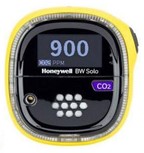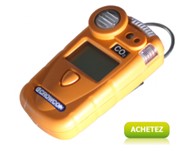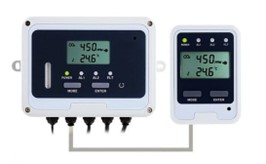How to prevent hazards in wineries?
Preventing hazards in wineries is essential to ensure the safety of workers and the quality of the wines produced. Here are some steps you can take to prevent hazards in wineries:
- Staff training : Make sure all staff are properly trained in safety procedures, including chemical handling, equipment handling, and fire prevention.
- Adequate ventilation : Ensure that the winery is properly ventilated to prevent the build-up of harmful gases such as carbon dioxide. Mechanical ventilation systems may be necessary to ensure adequate air circulation.
- Adequate lighting: Make sure the cellar is properly lit to avoid falls and accidents due to poor visibility.
- Personal protective equipment (PPE): Provide your workers with the appropriate PPE, such as gloves, rubber boots, goggles and respirators, depending on the specific hazards present in the cellar.
- Safe storage of chemicals: Store chemicals used in the cellar in appropriate, properly labeled areas. Ensure that workers are trained to handle them safely.
- Emergency evacuation: Draw up clear emergency evacuation plans and make sure all workers are aware of them. Set up alarm systems in case of need.
- Fire prevention: Install fire prevention measures, such as fire extinguishers, smoke detectors and fire suppression systems, if necessary. Make sure all staff know how to use this equipment.
- Waste management: Properly dispose of waste and hazardous materials in accordance with applicable regulations. Do not allow them to accumulate in the cellar.
- Quality control: Implement quality control procedures to prevent product defects, and ensure that production equipment is in good working order.
- Preventive maintenance: Carry out regular inspections and preventive maintenance on all cellar equipment to avoid breakdowns and accidents.
- Risk management: Identify the specific risks associated with your winery and implement specific measures to prevent them. Consult local and national safety regulations to ensure compliance.
By following these hazard prevention measures, you can help create a safe environment in your winery and reduce the risks to your workers and your wine production. Don't forget to keep up to date with the latest safety regulations and best practices.



At e-viti, we sell CO2 detectors, so let's take a closer look at their role. A wine cellar CO2 detector is used to monitor and control carbon dioxide (CO2) levels in the cellar environment. CO2 plays an essential role in managing the conservation and maturation of wines, so a CO2 sensor is an important tool for ensuring the quality of stored wines.
Here are some of the main reasons why a CO2 detector is used in wineries:
Prevention of oxidation: CO2 is heavier than air, which means it tends to form a protective layer over the wine, preventing oxidation. Wine oxidation can alter taste and quality.
Temperature control: CO2 can be used to adjust cellar temperature according to the amount of CO2 present. This can be important for optimal wine aging, as temperature plays a key role in this process.
Protection against undesirable micro-organisms: A CO2-rich environment can help prevent the growth of undesirable micro-organisms, such as acetic acid bacteria, which could impair wine quality.
Fermentation measurement: During the fermentation process, yeasts produce CO2. A CO2 sensor can help monitor this process and make sure it's running smoothly.
Safety: Finally, it's important to monitor CO2 levels in a winery for safety reasons. High CO2 levels can be dangerous for workers in the cellar.
To sum up, a CO2 detector in a winery is essential for controlling the environment in which wines are stored and aged, guaranteeing their quality and long-term preservation, but also for safety reasons.



